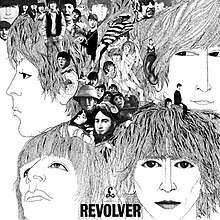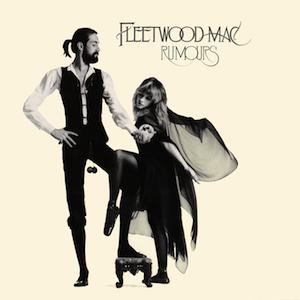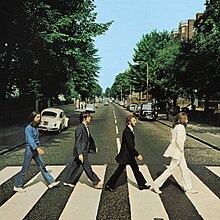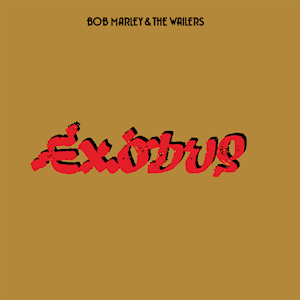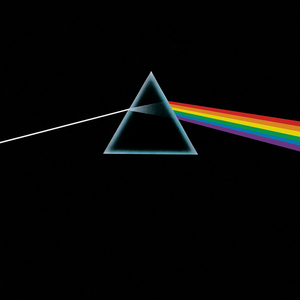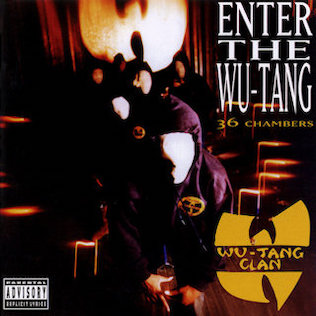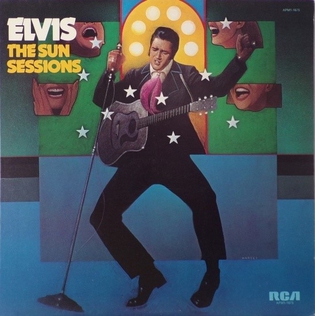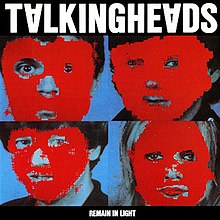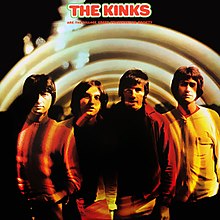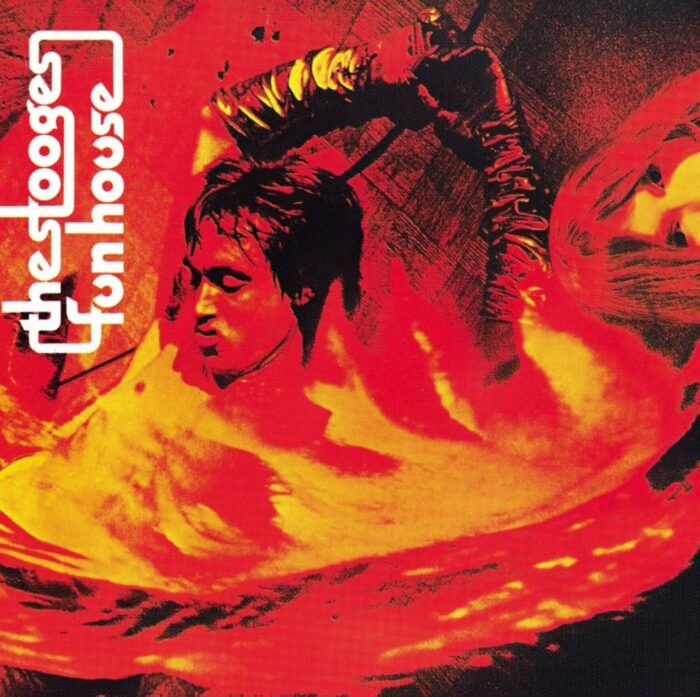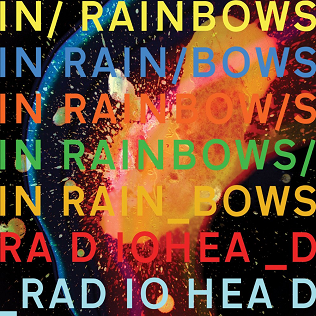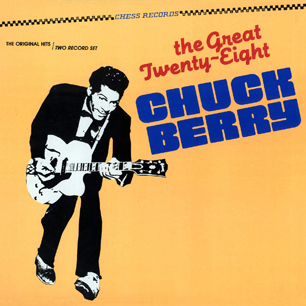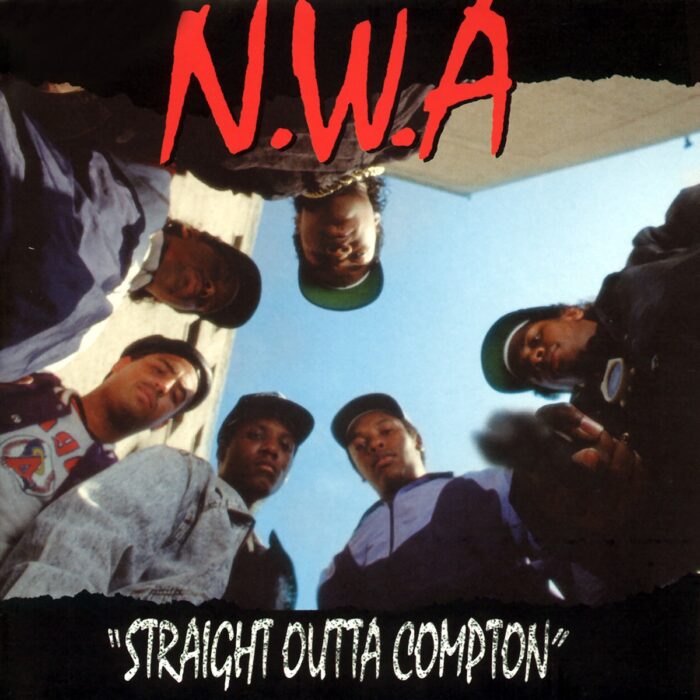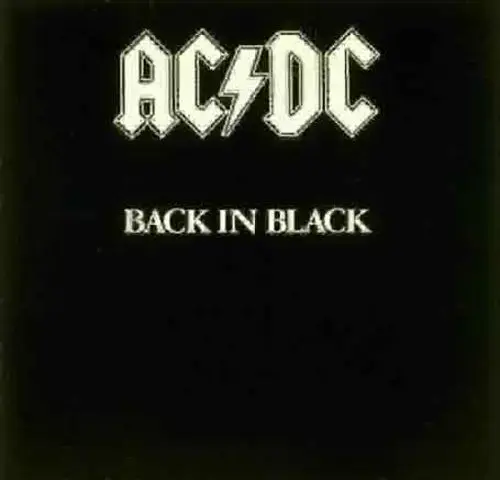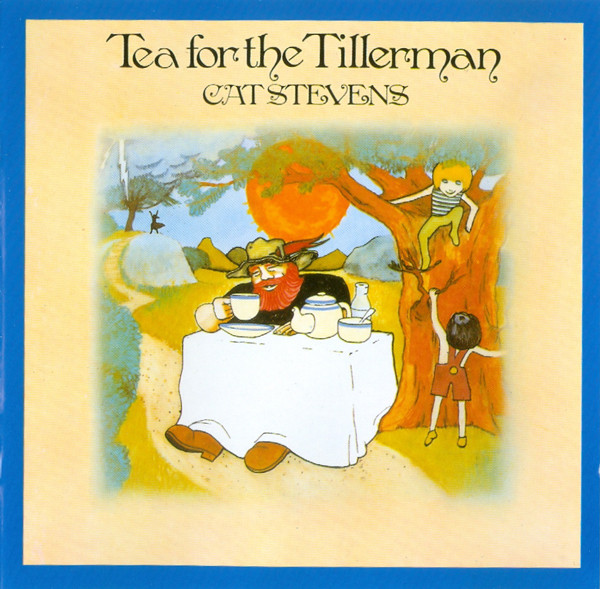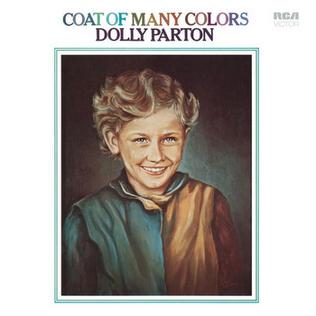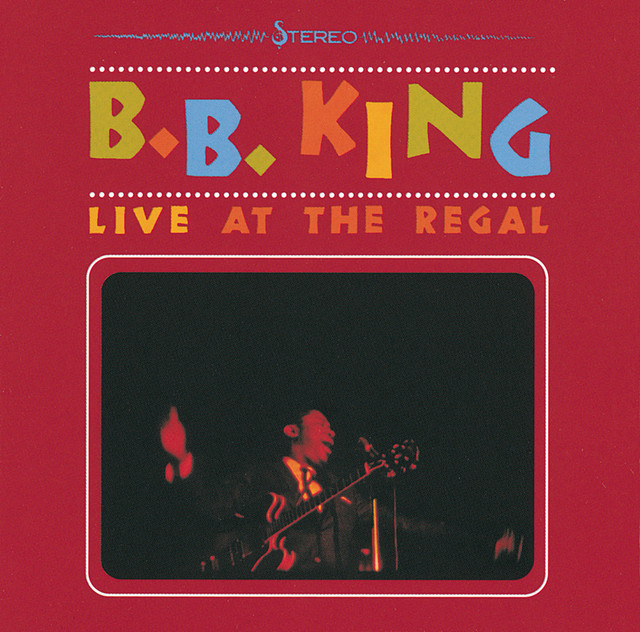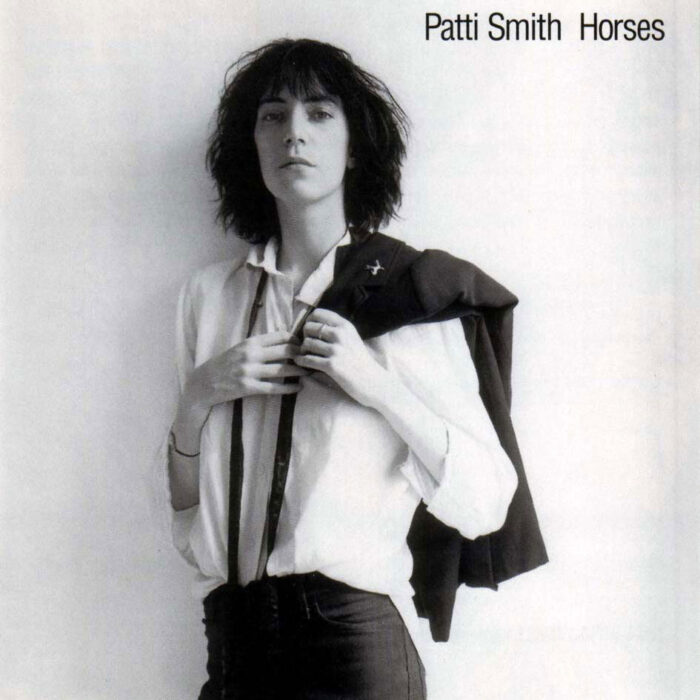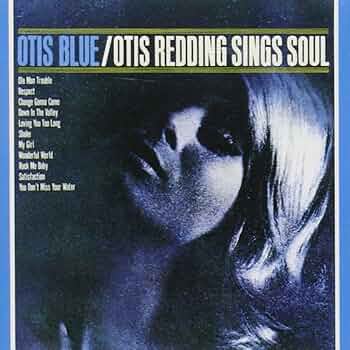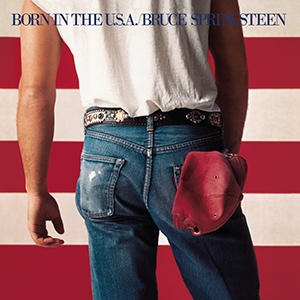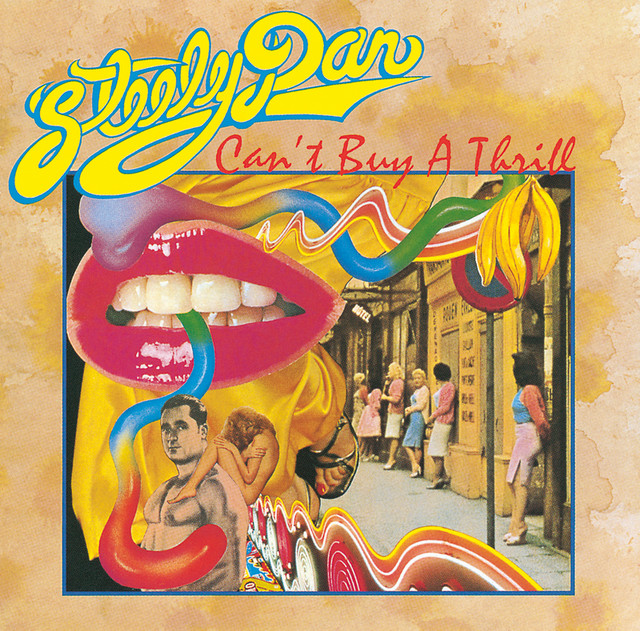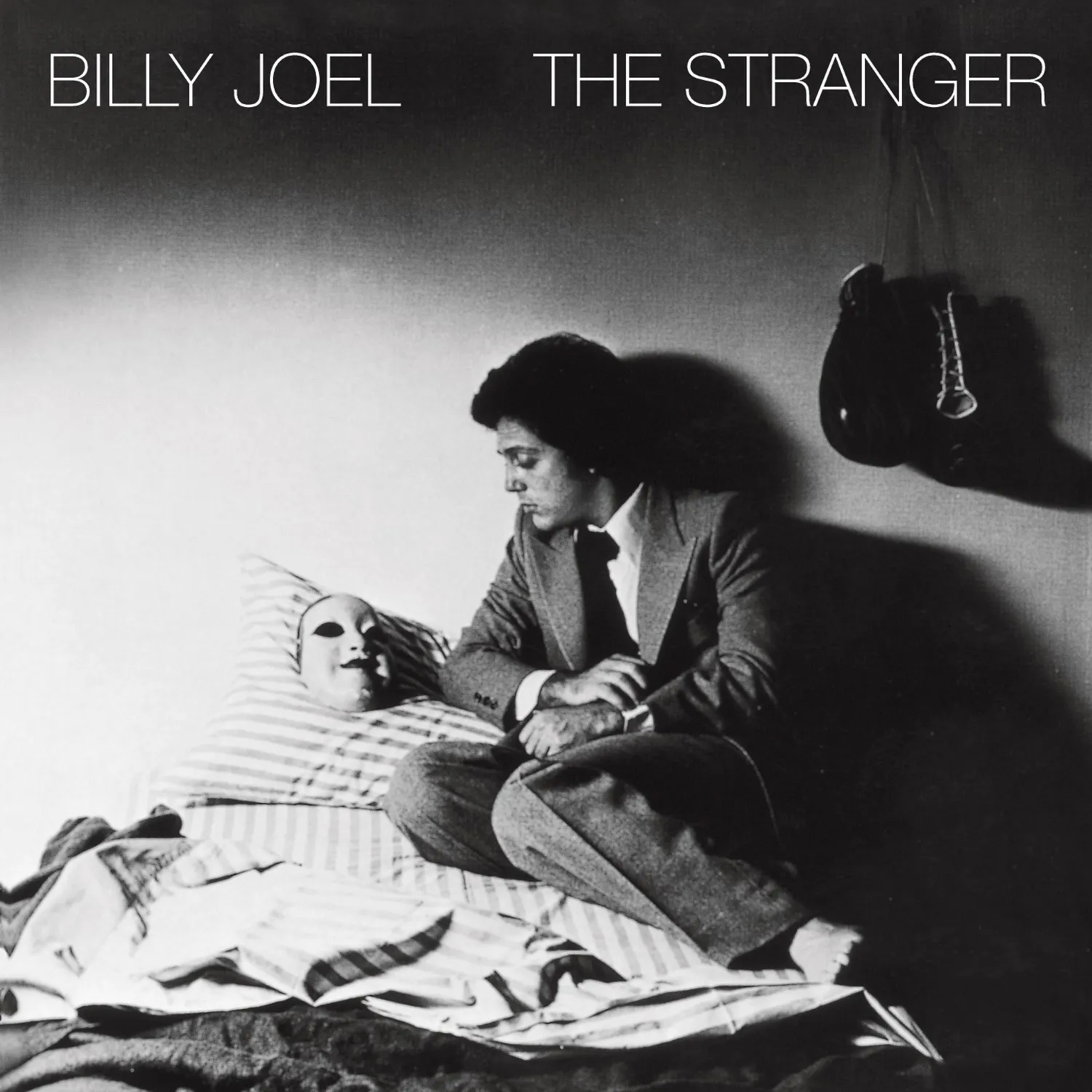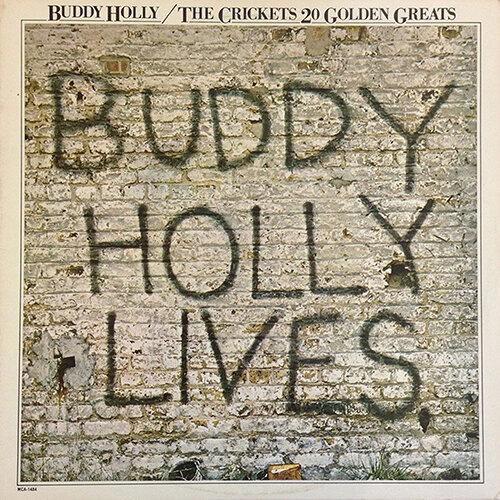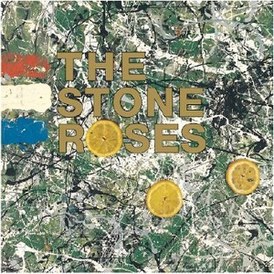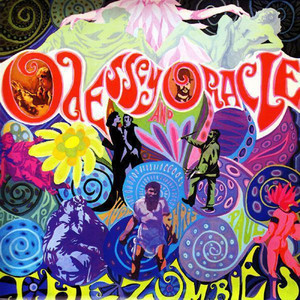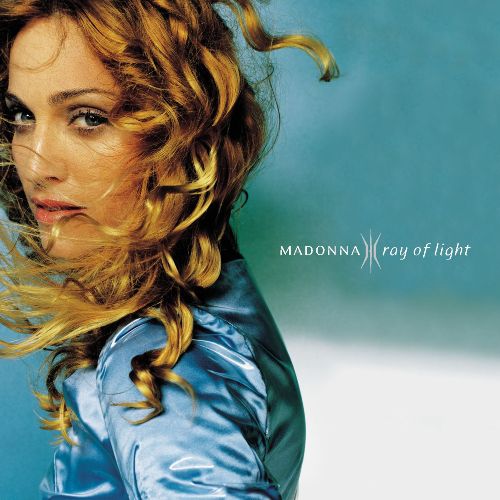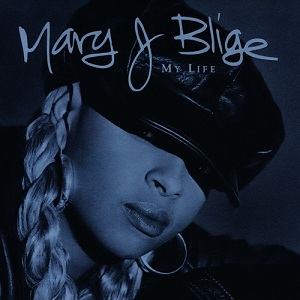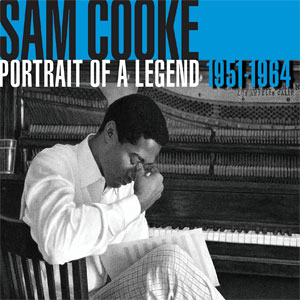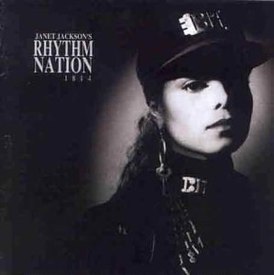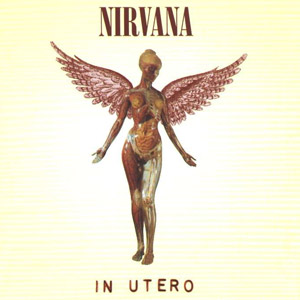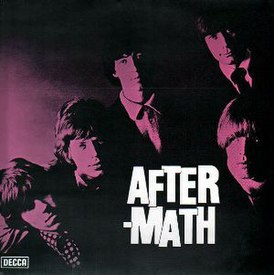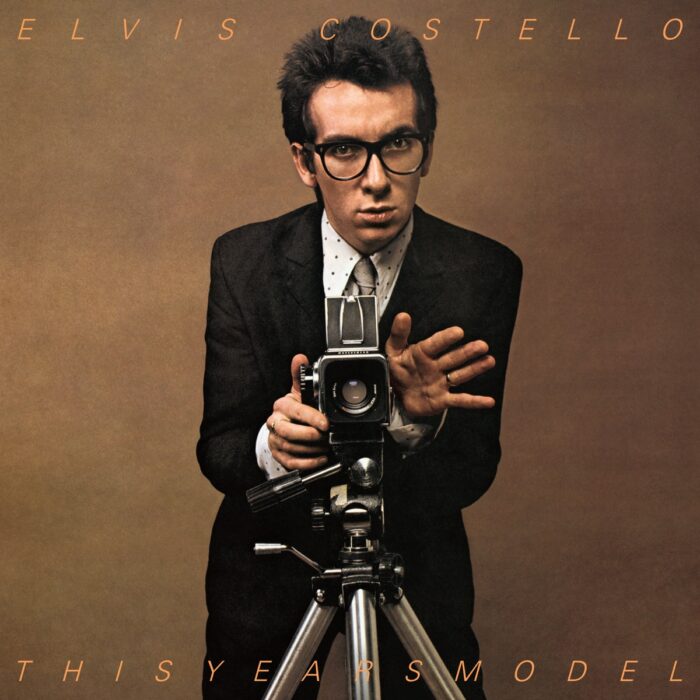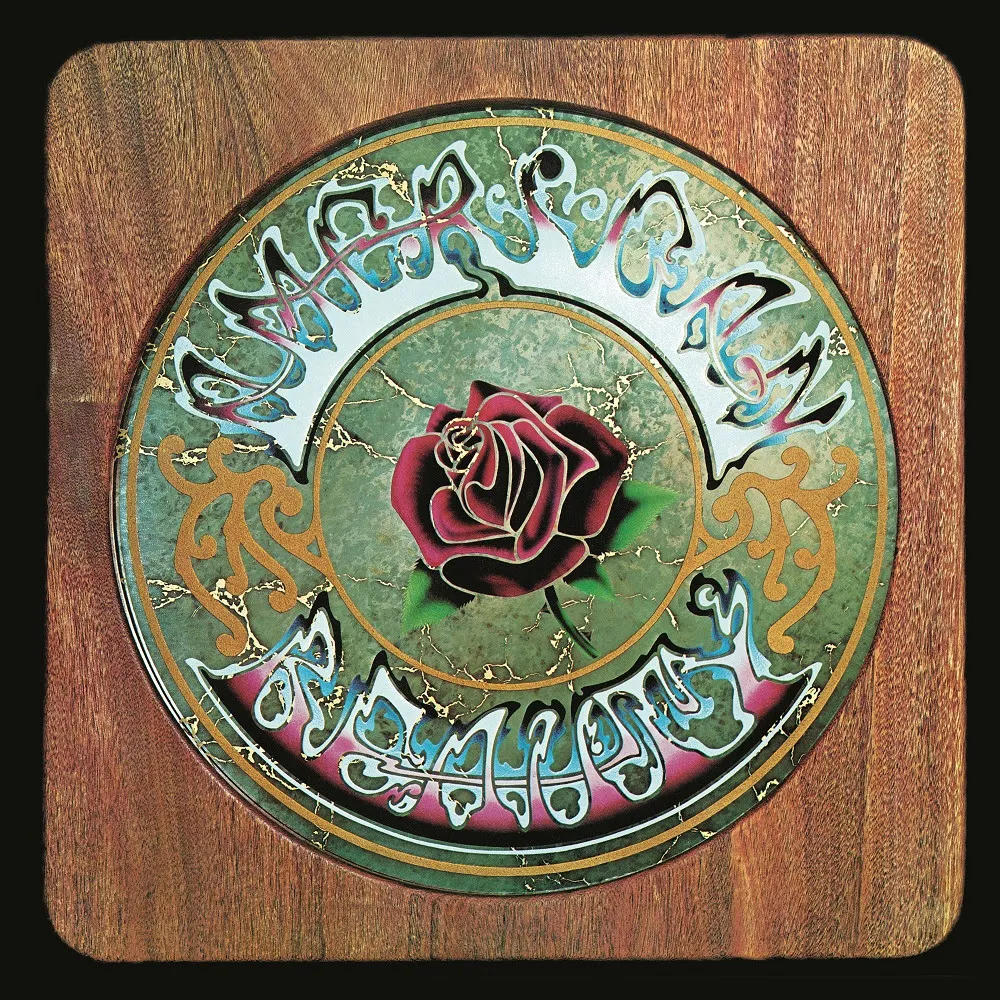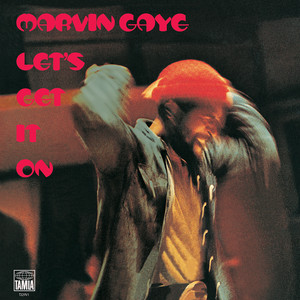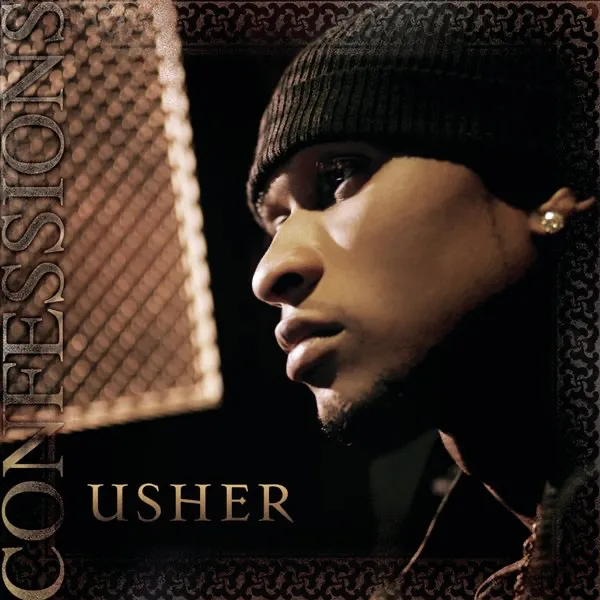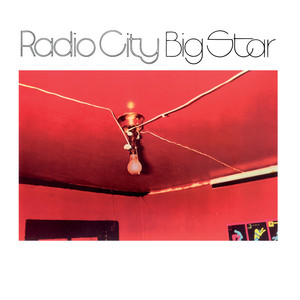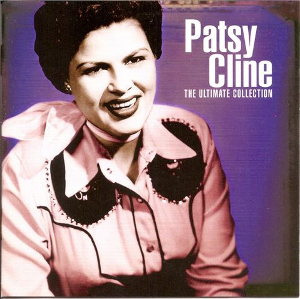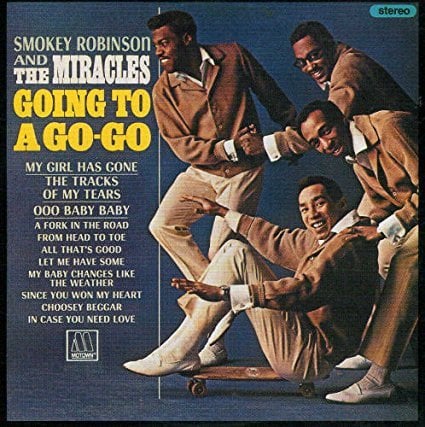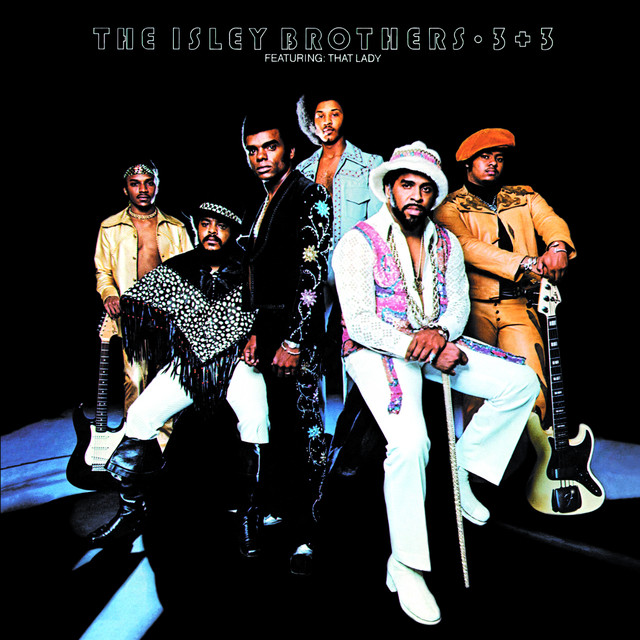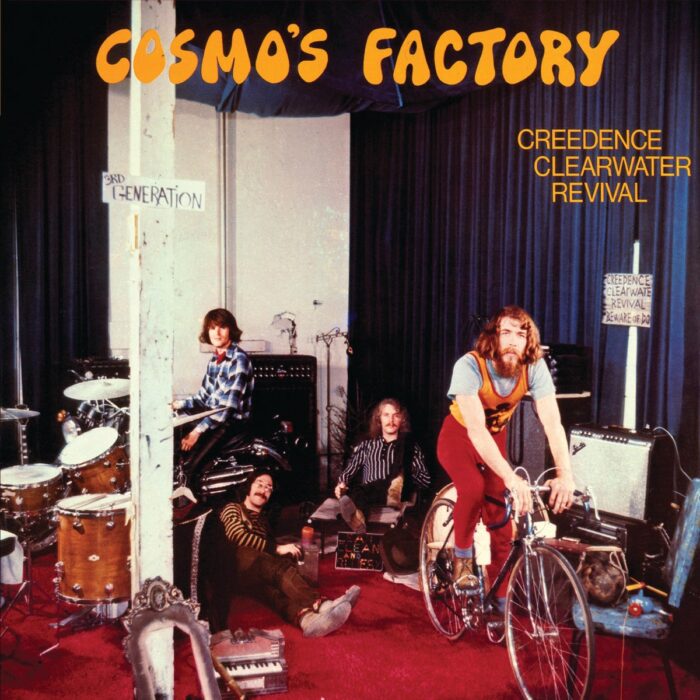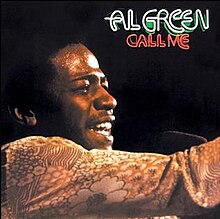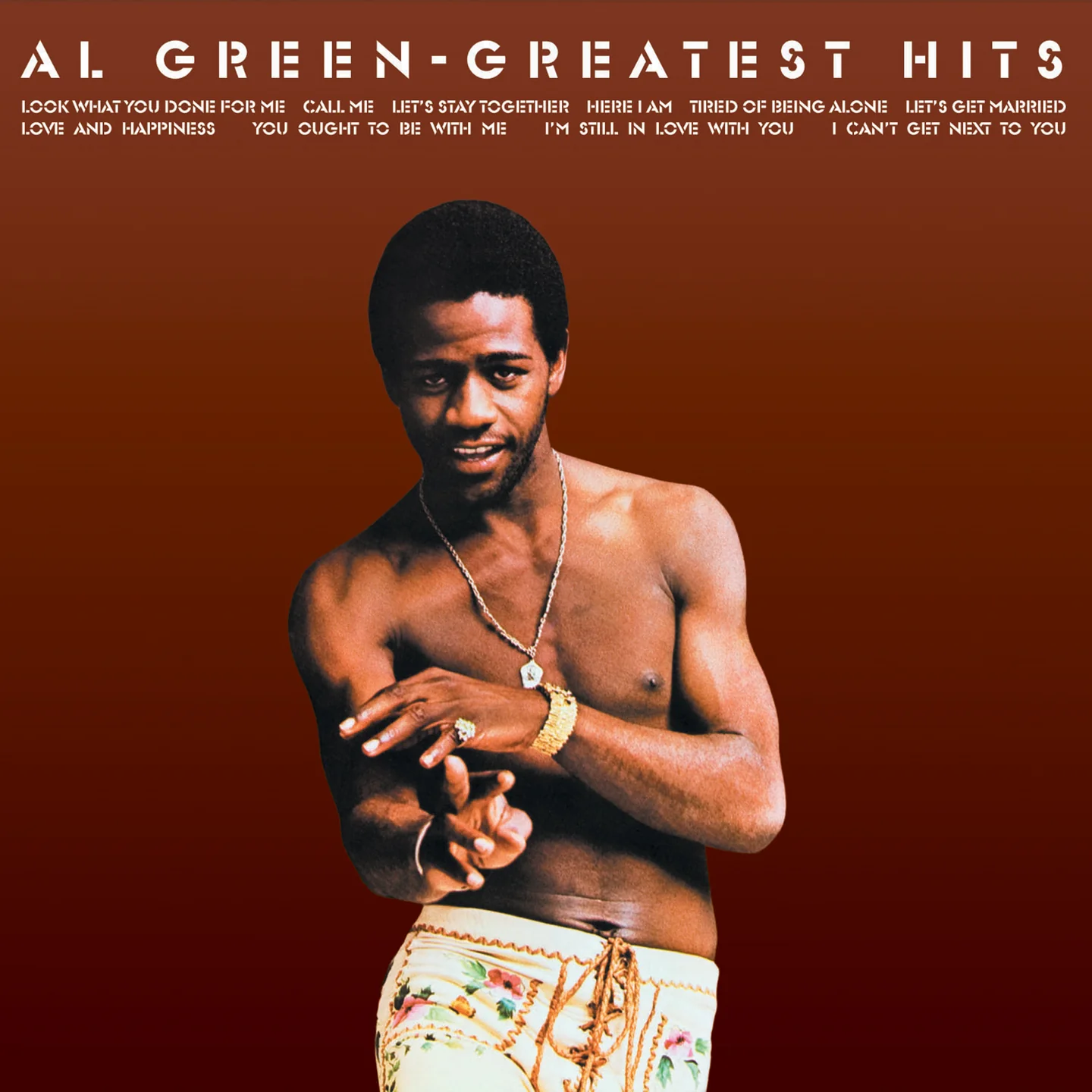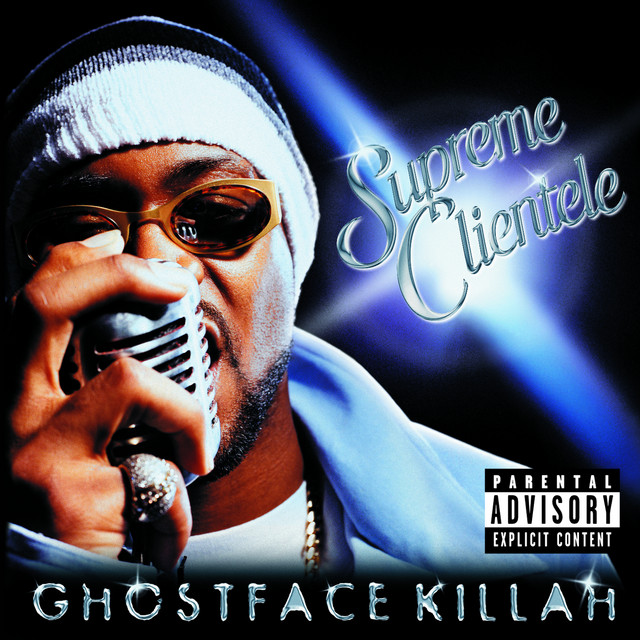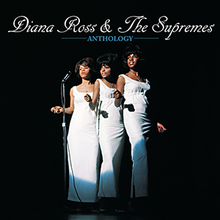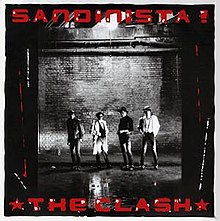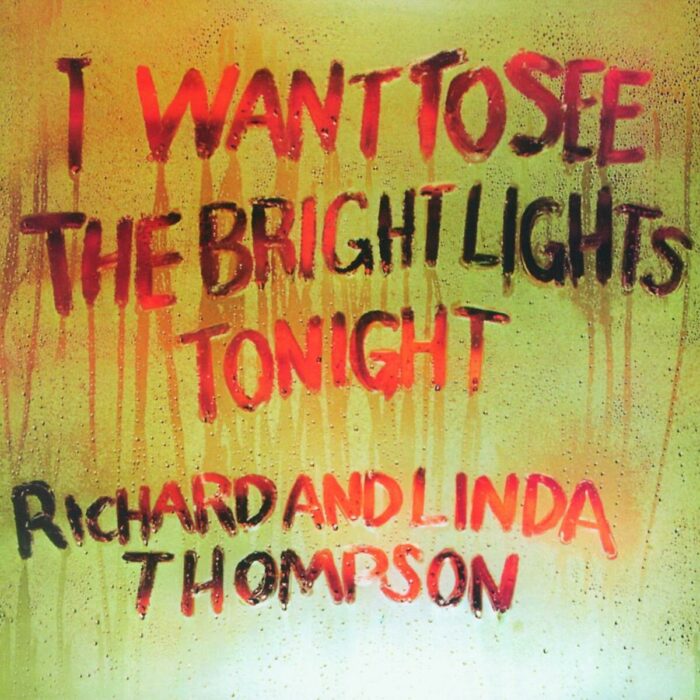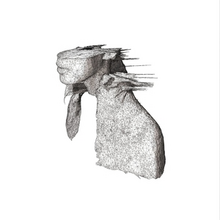

Released on August 26, 2002, A Rush of Blood to the Head marked Coldplay’s breakthrough into the global music scene, following their success with Parachutes. This album elevated the band from promising newcomers to rock royalty, blending melancholic ballads with soaring anthems that captured the emotional breadth of the early 2000s. The band’s signature sound—rooted in expansive guitar lines, melancholic piano melodies, and Chris Martin’s vulnerable yet powerful vocals—was refined and intensified, reflecting both personal introspection and broader existential themes.
Opening with “Politik,” a track that erupts with urgency, A Rush of Blood to the Head sets the tone for the rest of the album. The song’s dense, driving rhythm and philosophical lyrics explore the sense of disillusionment that followed the turn of the millennium, while Martin’s impassioned vocals heighten the song’s sense of urgency. The track establishes the record’s thematic focus on conflict, both internal and external, and sets up the emotional landscape that the album will traverse.
One of the standout tracks, “In My Place,” combines Coldplay’s ability to craft emotional depth with a sense of optimism, presenting a beautiful juxtaposition of yearning and hope. The song explores themes of self-doubt and longing, but its driving guitar riff and infectious chorus create an atmosphere of hope, perfectly encapsulating Coldplay’s knack for finding light in dark places.
The band’s exploration of existential themes continues on “God Put a Smile Upon Your Face,” which merges philosophical musings with an infectious rhythm that borders on hypnotic. The track’s intense build-up and dynamic arrangement mirror the complex lyrical questions posed about fate, faith, and the power of belief, while its soaring, layered production elevates the song to an anthemic level.
On “The Scientist,” the album’s most emotionally charged ballad, Coldplay delves into themes of heartbreak and regret. The song’s slow, steady piano progression creates a sense of longing and nostalgia, with Martin’s raw, plaintive delivery pulling listeners into a deeply personal reflection on love, loss, and the desire for redemption. The accompanying music video, known for its reverse narrative, mirrors the song’s themes of trying to go back in time to fix mistakes—a brilliant visual representation of the yearning embedded in the lyrics.
“Clocks,” perhaps the most iconic song from A Rush of Blood to the Head, captures Coldplay at their most anthemic and an emotional peak. The song’s ticking piano riff and global reach became synonymous with the early 2000s, resonating with listeners around the world. The track explores themes of time, mortality, and the search for meaning in an increasingly chaotic world. Its infectious rhythm and lyrics became an anthem for a generation grappling with the passage of time and the uncertainty of the future.
The album’s production, handled by the band alongside Ken Nelson, is notably more expansive than its predecessor, embracing both minimalistic instrumentation and full-scale arrangements. Tracks like “Amsterdam” bring the album to an emotional close with a sweeping sense of catharsis, while others, like “Warning Sign,” capture the band’s signature mix of quiet introspection and dynamic musical buildups. The production of A Rush of Blood to the Head is at once delicate and bold, showcasing Coldplay’s growing musical maturity and emotional range.
Critically, the album was met with widespread acclaim, earning Coldplay multiple awards and cementing their place as one of the defining bands of the 2000s. Its success was fueled not only by its deep emotional resonance but also by its balance of accessible pop-rock anthems and introspective, almost art-rock, moments. Tracks like “Daylight” and “Green Eyes” explore themes of love and personal reflection, each grounded in a rich, cinematic arrangement that allows the listener to feel immersed in the world Coldplay created.
The commercial success of A Rush of Blood to the Head was immense, as it continued to build upon the band’s already-growing popularity. The album reached number one in multiple countries, including the UK and the U.S., and produced several hit singles that defined Coldplay’s rise to global prominence. “Clocks,” in particular, would go on to become one of the band’s most iconic songs, earning a Grammy Award and enduring as one of Coldplay’s definitive tracks.
Ultimately, A Rush of Blood to the Head represents a pivotal moment in Coldplay’s career. It captures both the band’s evolution and their ability to connect with listeners on a deeply emotional level. Its blend of introspective lyrics, atmospheric production, and anthemic rock gave Coldplay the ability to carve their own niche in the musical landscape, while still tapping into universal themes that resonate with listeners from all walks of life. It’s an album that, in many ways, defined a generation and ensured Coldplay’s place in the pantheon of iconic 21st-century rock bands.

